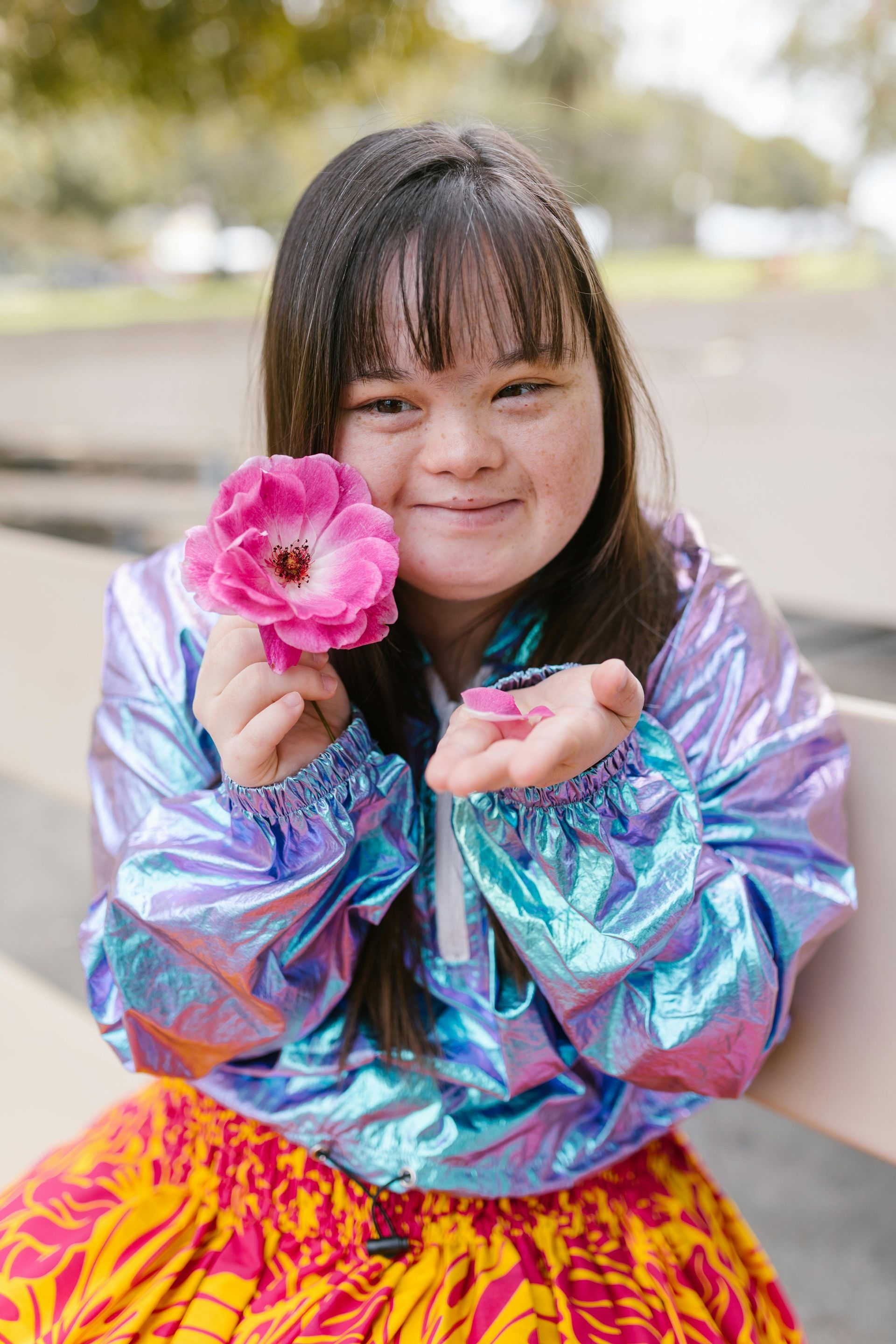April is Autism Awareness Month: Understanding and Supporting the Autism Community
Raising Awareness, Promoting Inclusion, and Supporting Individuals and Families Affected by Autism Spectrum Disorder

April is recognized as Autism Awareness Month, a time dedicated to increasing understanding and acceptance of Autism Spectrum Disorder (ASD). This month serves as an opportunity to educate the public about autism, promote inclusion, and support individuals and families affected by ASD.
What is Autism Spectrum Disorder?
Autism Spectrum Disorder (ASD) is a developmental disability caused by differences in the brain. Individuals with ASD often experience challenges with social communication and interaction, as well as restricted or repetitive behaviors or interests. They may also have unique ways of learning, moving, or paying attention. It's important to note that the abilities and needs of people with ASD can vary significantly. CDC+1Reuters
Signs and Symptoms of Autism
ASD manifests through a range of signs and symptoms, which can include:CDC+1Reuters+1
- Social Communication Challenges:
- Avoiding or not maintaining eye contact.CDC
- Not responding to their name by 9 months of age.CDC
- Displaying limited facial expressions by 9 months of age.CDC
- Not engaging in interactive games like pat-a-cake by 12 months.CDC+1Laredo Morning Times+1
- Using few or no gestures by 12 months (e.g., not waving goodbye).CDC
- Not sharing interests with others by 15 months.CDC
- Not pointing to show something interesting by 18 months.Laredo Morning Times+2CDC+2Reuters+2
- Not noticing when others are hurt or upset by 24 months.Reuters+2CDC+2CDC+2
- Not joining other children in play by 36 months.CDC
- Not pretending to be something else during play by 48 months.CDC
- Not singing, dancing, or acting for others by 60 months.CDC
- Restricted or Repetitive Behaviors:
- Lining up toys or objects and becoming upset when the order is changed.CDC
- Repeating words or phrases (echolalia).CDC+1Reuters+1
- Playing with toys in the same manner every time.CDC+1Reuters+1
- Focusing intensely on parts of objects (e.g., wheels).CDC
- Becoming distressed by minor changes.CDC
- Having obsessive interests.CDC
- Following specific routines rigidly.Autism Speaks+4CDC+4CDC+4
- Flapping hands, rocking body, or spinning in circles.CDC+1CDC+1
- Having unusual reactions to sensory inputs like sounds, smells, tastes, or textures.CDC
It's crucial to recognize that some individuals without ASD might exhibit these behaviors. However, for those with ASD, these characteristics can significantly impact daily life. CDC
Prevalence and Statistics
Autism prevalence has been on the rise:
- Approximately 1 in 36 children in the U.S. is diagnosed with autism, an increase from previous estimates.
- About 1 in 45 adults in the U.S. has autism.
- Boys are nearly four times more likely to be diagnosed with autism than girls.Autism Speaks
- Prevalence among U.S. 8-year-olds was 2.77% in 2020, up from 0.66% in 2000. Reuters
The increase in diagnoses is partly attributed to improved awareness, expanded screening, and broader diagnostic criteria. In 2013, the definition of ASD was revised to encompass what were previously considered separate disorders, contributing to the rise in identified cases. Reuters
Treatment and Interventions
While there is no cure for ASD, various treatments aim to reduce symptoms and enhance daily functioning:
- Behavioral Approaches: Applied Behavior Analysis (ABA) encourages desired behaviors and discourages undesired ones to improve various skills.CDC
- Developmental Approaches: Speech and language therapy helps improve communication skills, while occupational therapy focuses on daily living skills.CDC
- Educational Approaches: Programs like the Treatment and Education of Autistic and Related Communication-Handicapped Children (TEACCH) emphasize consistency and visual learning.CDC
- Social-Relational Approaches: Interventions such as the Developmental, Individual Differences, Relationship-Based model (DIR) encourage social engagement through individual interests.CDC
Early intervention is crucial, as supportive therapies initiated before age three can significantly improve cognitive, social, and communication skills. Reuters
Importance of Health Coverage and Specialized Services
Access to comprehensive health coverage is vital for individuals with ASD to receive necessary services, including:CDC+1CDC+1
- Specialized Programs and Therapies: Tailored interventions addressing specific needs can greatly enhance quality of life.
- Special Education Services: Individualized education plans (IEPs) help accommodate learning differences.
Ensuring continued health coverage allows for consistent access to these essential services, promoting better outcomes for individuals with autism.
Economic Impact
Caring for individuals with autism involves significant costs:
- Healthcare Expenses: Common autism services in the U.S. have average costs such as:Autism Speaks
- Adaptive behavior services: $82.25 per session.Autism Speaks
- Developmental screening: $165.95.Autism Speaks
- Emergency department visits: $1,397.22.Autism Speaks
- Physical therapy: $74
Conclusion
Autism Awareness Month is more than just a calendar observance—it's a call to action. As we deepen our understanding of Autism Spectrum Disorder, we also strengthen our collective ability to support those affected by it. From early diagnosis and individualized therapies to inclusive education and access to quality healthcare, every piece of the puzzle matters.
By continuing to advocate for awareness, acceptance, and accessible resources, we can help ensure that individuals with autism and their families are empowered to thrive. Whether through policy, education, or personal connection, we each have a role to play in creating a world that values neurodiversity and celebrates every individual's unique potential.
Let’s keep the conversation going—not just in April, but all year round.
